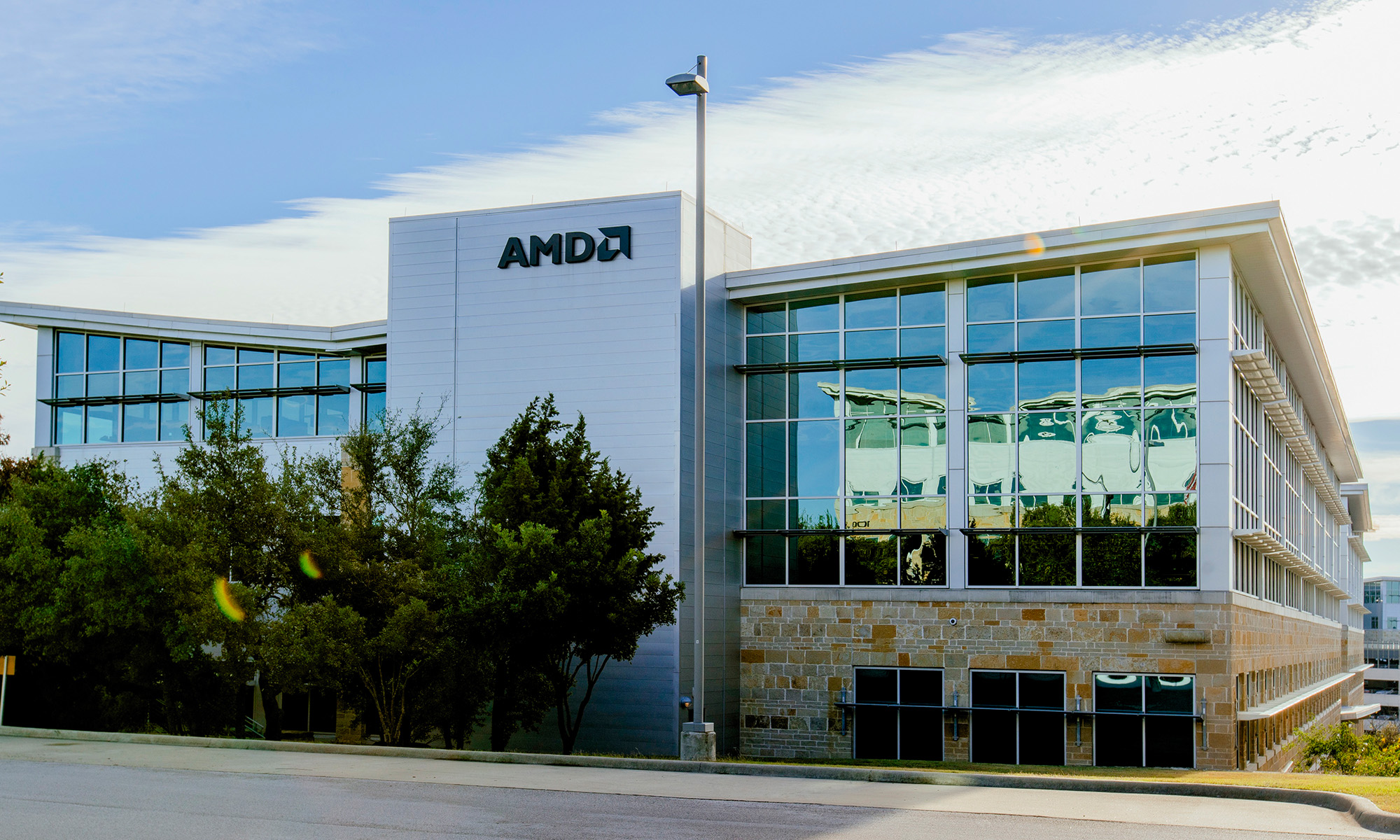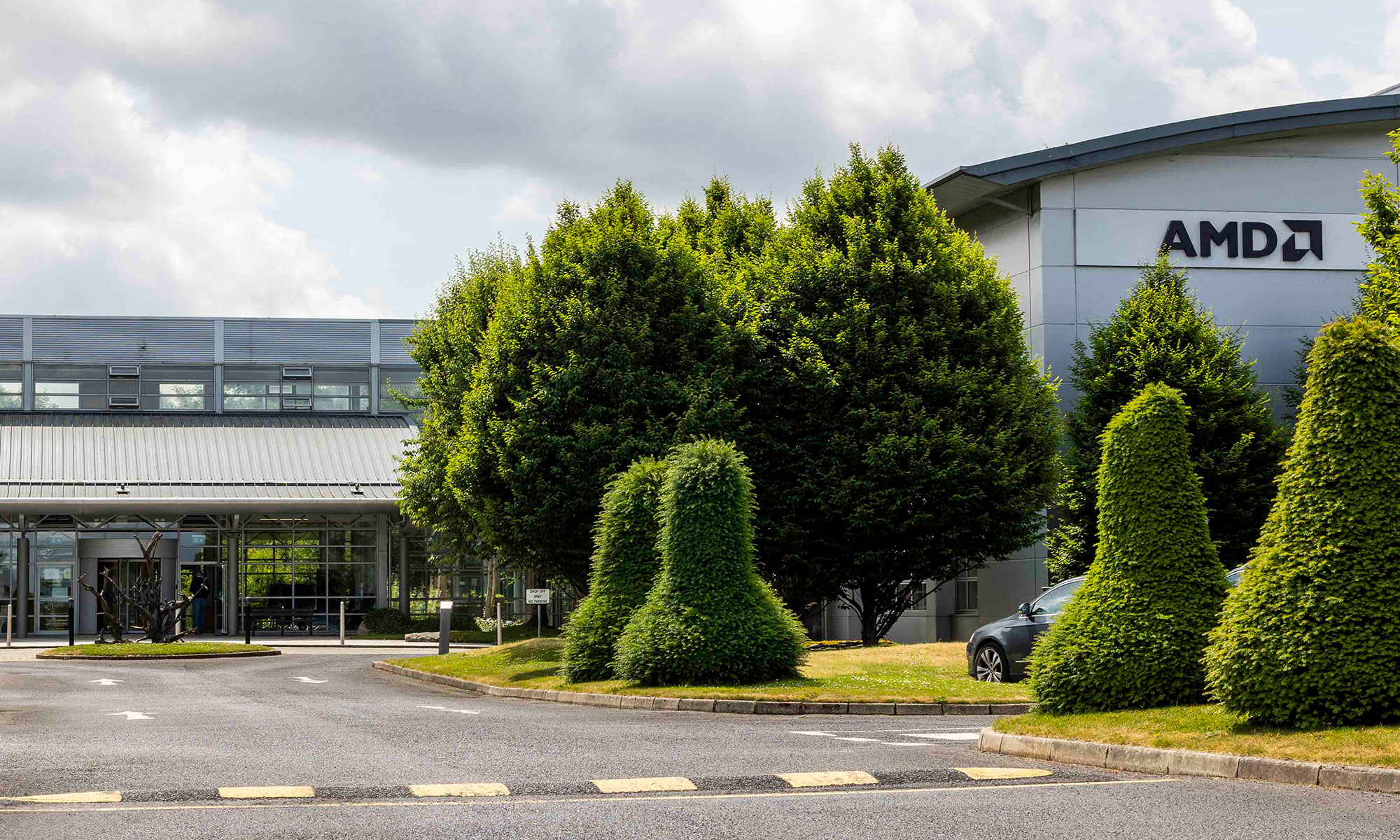In 2017, processor specialist Advanced Micro Devices (AMD +1.87%) reentered the market for high-performance PC microprocessors. The company released a range of products targeting everything from premium notebooks to high-end desktops, all based on its then-new Zen microprocessor core.
For the high-end desktop market, AMD launched a line of processors sold under the Threadripper brand, which were derived from the company's EPYC line of data center processors. The first-generation iteration of Threadripper had up to 16 processor cores by way of two of its eight-core Zeppelin dies functioning on the package.

Image source: Getty Images.
Earlier this year, the company introduced its second-generation Threadripper product family. This line was marked by two upgrades. First, the processor dies were implemented in GlobalFoundries' 12LP chip manufacturing technology, which is a performance-enhanced version of its 14LPP technology. (GlobalFoundries, as you might recall, licensed that technology from Samsung (NASDAQOTH: SSNLF) after the former scrapped its internally developed 14nm technology.)
The move to 12LP from 14LPP allowed AMD to eke out some additional frequency from the processor cores, boosting performance.
The second change was that AMD started selling Threadripper chips with up to 32 cores, a doubling from the prior-generation models.
AMD recently disclosed information about its second-generation EPYC processor, code-named Rome. Based on that disclosure, I think we can figure out what might be next for the Threadripper line.
Even more cores
I think the odds are good that AMD will bring out next-generation Threadripper processors with even more cores than what the current models have. As you might recall, AMD recently demonstrated its Rome processor with 64 of the company's next-generation Zen 2 processor cores.
Given that AMD's high-end desktop line is derived from its data center processor line, and given that the company has clearly shown a willingness to bring out high-end desktop processors with the same core counts as its EPYC product lines, I wouldn't be surprised to see the company introduce third-generation Threadripper processors with up to 64 cores.
AMD's first-generation Threadripper product line topped out at a suggested retail price of $999 for the 16-core model. The second-generation Threadripper lineup, by virtue of the higher core count SKUs, goes all the way up to $1,799.
If the next-generation lineup maxes out at 64 cores, then I wouldn't be shocked to see the highest-end variant of the third-generation Threadripper line carrying an even higher price than $1,799.
What do we know about the third-generation Threadripper?
Not much has actually leaked out about the third-generation Threadripper part. However, a little while back, a slide from AMD leaked out in which the company said that this product -- which apparently goes by the code-name Castle Peak -- will achieve "[dominant] leadership in the [high-end desktop] market," offer "[new] high water marks in performance and efficiency," and even offer "[new] platform features to take TR4 to the next level." TR4 is the name of the socket that the current Threadripper chips plug into.
The leaks also suggest that Castle Peak will arrive sometime in 2019, which is also when the company's Rome data center processor is slated to arrive.





